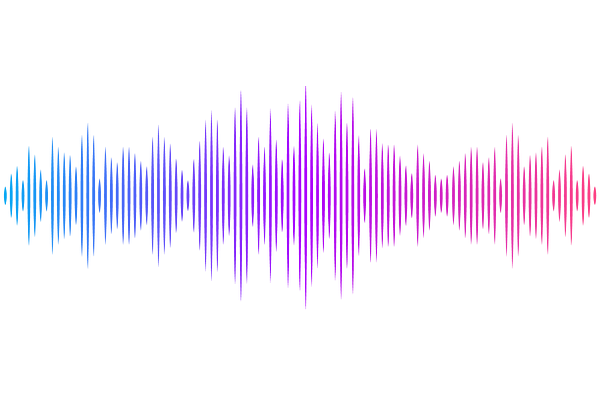Impact of ACT DR6 and DESI DR2 for Early Dark Energy and the Hubble tension

Impact of ACT DR6 and DESI DR2 for Early Dark Energy and the Hubble tension
Vivian Poulin, Tristan L. Smith, Rodrigo Calderón, Théo Simon
AbstractThe data release six of the Atacama Cosmology Telescope (ACT DR6) and the second data release from the Dark Energy Spectroscopic Instrument (DESI DR2) recently became available. In light of these data, we update constraints on the Early Dark Energy (EDE) resolution to the Hubble tension. While ACT DR6 does not favor EDE over the core cosmological model $\Lambda$CDM, it allows for a significantly larger maximum contribution of EDE, $f_{\rm EDE}$, in the pre-recombination era than the latest analysis of {\it Planck} NPIPE despite increased precision at small angular scales. Moreover, EDE rises the value of $H_0r_s$, improving consistency between CMB and DESI DR2 data. We find a residual tension with SH0ES of $\sim 2 \sigma$ for the combination of {\it Planck} at $\ell <1000$ + ACT DR6 + lensing + Pantheon-plus + DESI DR2, a significant decrease from $3.7 \sigma$ for analyses that use NPIPE and SDSS BAO data. A profile likelihood analysis reveals significant prior-volume effects in Bayesian analyses which do not include SH$0$ES, with confidence intervals of $f_{\rm EDE}=0.09\pm 0.03$ and $H_0= 71.0\pm1.1$ km/s/Mpc. When including DESI data, the EDE model with $H_0=73$ km/s/Mpc provides a better fit than the $\Lambda$CDM model with $H_0=68.4$ km/s/Mpc. The inclusion of SH$0$ES data rises the preference well above $5\sigma$, with $\Delta\chi^2=-35.4$. Our work demonstrates that after ACT DR6 and DESI DR2, EDE remains a potential resolution to the Hubble tension.